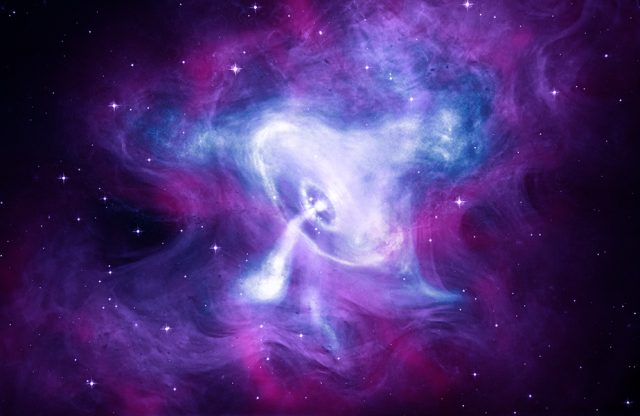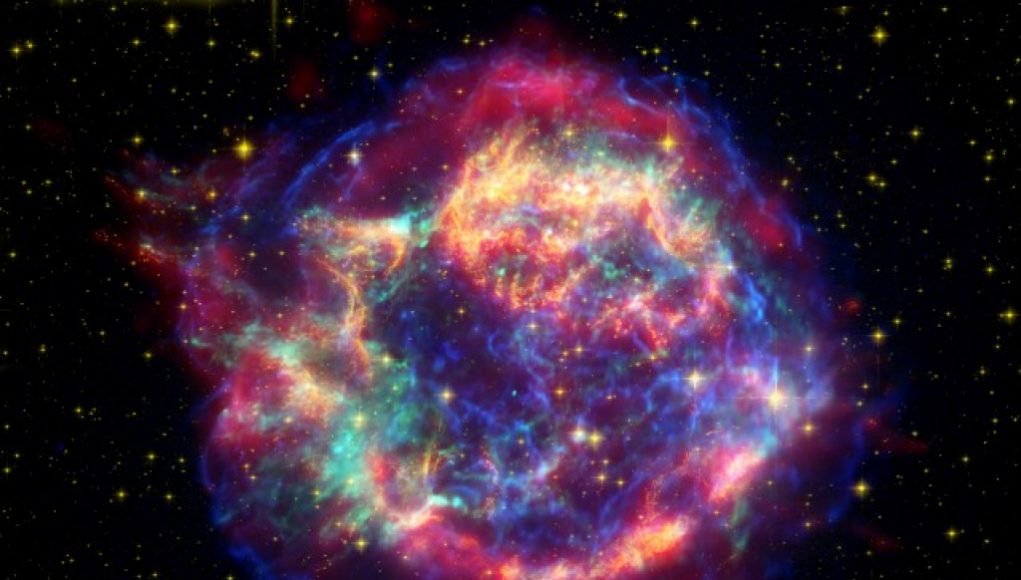Neutron stars, with their extraordinary properties, have captivated researchers since their discovery. These remnants of stellar explosions are incredibly dense, packing more mass than the Sun into a sphere the size of San Francisco. Just a cup of neutron star matter would weigh as much as Mount Everest.
These celestial oddities hold the potential to alert us to disturbances in spacetime, shed light on element formation, and unravel the mysteries of gravity and particle physics in extreme conditions. “They’re at the center of a lot of open questions in astronomy and astrophysics,” says astrophysicist Vanessa Graber.
However, understanding the signals emitted by neutron stars requires a deep understanding of their internal workings. Direct experimentation is impossible, so scientists have turned to an earthly analog. By studying clouds of ultracold atoms created in laboratories, researchers hope to gain insights into the enigmatic nature of neutron stars.
Advertisement
Space oddities
The existence of neutron stars was first proposed in 1934, shortly after the discovery of the neutron itself. Astronomers Walter Baade and Fritz Zwicky speculated about the possibility of a celestial body composed entirely of neutrons remaining after a supernova explosion. While their details were not entirely accurate, their general idea is now widely accepted.
Stars generate energy by fusing lighter atoms into heavier ones. When they run out of lighter atoms, nuclear fusion ceases, and gravity causes the core to collapse. The outer layer then explodes outward, resulting in a supernova. The dense core that remains is a neutron star.

It wasn’t until the 1960s that neutron stars were actually detected. Radio astronomer Jocelyn Bell Burnell observed a peculiar pulsed radio wave signal from space, which turned out to be a neutron star known as a pulsar. Since then, thousands of neutron stars have been discovered.
Neutron stars, being some of the densest objects in the universe, offer valuable insights into matter at extreme densities. However, the exact behavior and structure of neutron matter remain uncertain.
Physicists have found a common characteristic between neutron stars and ultracold gases: both exist below a threshold known as the Fermi temperature. This similarity allows researchers to study the behavior of ultracold gases in laboratory vacuum chambers to gain insights into neutron stars.
Matter below its Fermi temperature follows universal laws, making it possible to learn about neutron star behavior through experiments with ultracold gases. Theoretical astrophysicist James Lattimer is particularly interested in a theoretical state called a unitary gas, which shares similarities with the matter inside neutron stars.
Scientists from different areas have come together to shed light on the behavior of neutron stars that have eluded our understanding due to their impossible-to-reach-nature. The combination of their efforts, which included astrophysicists, geologists and seismologists, has resulted in an unexpected earthly equivalent from which new insight into the behavior of neutron stars has been made available.
Neutron stars, which are close relatives of black holes, contain the densest matter imaginable and form as the result of a supernova exploding. Characterized by intense magnetic fields and extreme temperatures, they are unique in that they are so far away that they can’t be observed directly.
Led by SISSA-International School of Advanced Studies researcher Giacomo Scalettar, a team of researchers decided to analyze them indirectly by taking a cue from the earth. The researchers compared neutron stars to earthquake-like phenomena occurring in the Earth’s core.
By using seismological observations of Earth’s seismic energy and seismic waves, the team was able to infer the behavior of neutron stars. It was the intense density, along with intense temperature gradients inside the neutron star, that acted as the equivalent to the fluctuating temperatures and pressures in the Earth’s core.
Based on these environmental similarities, the researchers were able to show that the seismic energy released inside the neutron stars was comparable to that of earthquakes—superearthquakes to be exact. Furthermore, the observations revealed that the seismic waves generated within neutron stars are compression waves that move at an incredible speed.
The discoveries made by the researchers have been groundbreaking in that they have shed light on neutron stars, the nature of which had previously been one of astronomy’s greatest enigmas. In addition, the method used—the comparison between neutron stars and earthquakes—may also be applicable in the study of other circles of stars.
Ultimately, what began as an unlikely comparison between two unfathomable phenomena has yielded new insight that is revolutionizing both earth science and space science. As these researchers continue to explore the depths of neutron stars and their close relatives, we can look forward to an unprecedented level of knowledge.




















